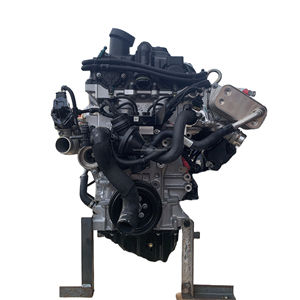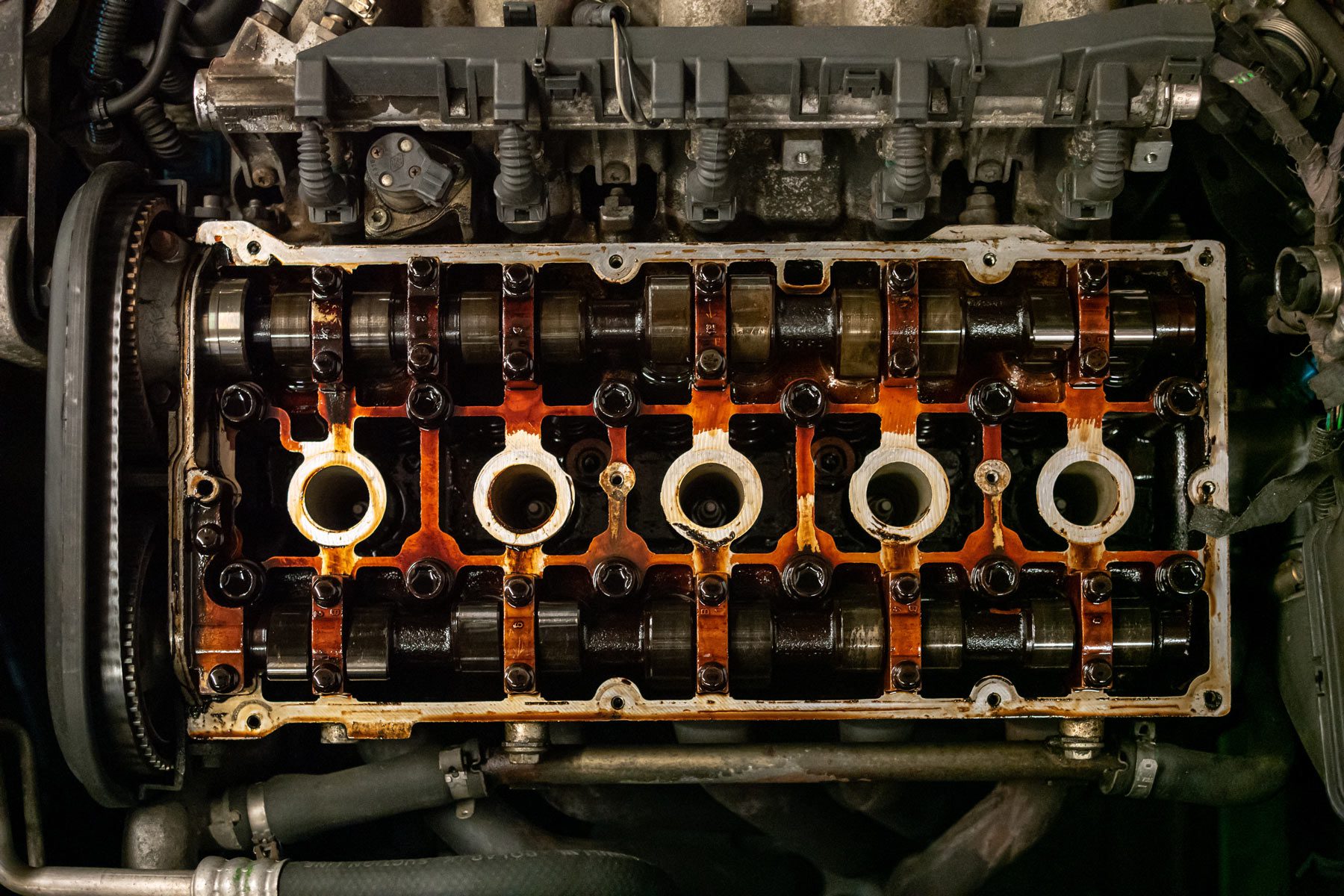Opel Corsa Engine: Common Issues and How to Fix Them
Opel Corsa Engine: Common Issues and How to Fix Them
Blog Article
Comprehensive Review of a Subcompact Vehicle's Powertrain Capabilities
In the realm of automobile engineering, the powertrain of a subcompact auto stands as a vital nexus where performance, efficiency, and innovation assemble. From the engine's ruthless pursuit of optimal performance to the transmission's seamless choreography of power circulation, every component plays a crucial role in specifying the total driving experience.
Engine Efficiency Analysis
In evaluating the engine performance of the subcompact car, a comprehensive evaluation discloses its effectiveness and power output under numerous driving problems. The subcompact automobile's engine, an essential component of its powertrain system, shows good performance metrics. The engine's performance is significant, as it enhances fuel intake without jeopardizing power delivery. Under regular driving conditions, the engine runs efficiently, showcasing a balance in between performance and gas economic situation.
In addition, when subjected to strenuous testing situations such as high-speed velocity or uphill climbs, the engine shows resilience and responsiveness. Its power outcome continues to be regular, providing ample acceleration when needed. The subcompact auto's engine is tailored to satisfy the needs of urban driving, where quick velocity and active maneuverability are necessary.
Additionally, the engine's style includes modern-day technologies that enhance its performance features. Attributes like turbocharging or variable valve timing contribute to enhanced power shipment and torque, boosting the total driving experience. To conclude, the engine efficiency of the subcompact car emphasizes its capacity to deliver trustworthy and reliable power result throughout numerous driving problems.
Transmission Effectiveness Analysis
Analyzing the subcompact automobile's transmission performance involves examining its efficiency in transmitting power effortlessly throughout various driving conditions. The effectiveness of a transmission system is critical as it directly affects the general efficiency and gas economy of the automobile. In reviewing transmission efficiency, elements such as gear proportions, change timing, and the level of smoothness of equipment adjustments are considered. A well-designed transmission system ought to successfully provide power from the engine to the wheels while lessening power losses.
One usual approach utilized to examine transmission effectiveness is through dynamometer screening, where the power result from the engine is gauged at the input and outcome shafts of the transmission. Inconsistencies between input and result power can show the level of efficiency of the transmission system. Additionally, real-world driving examinations are carried out to examine just how the transmission carries out in useful scenarios. By assessing these facets, engineers can identify locations for improvement and maximize the transmission system for far better overall efficiency and effectiveness.
Gas Efficiency Exam
The assessment of the subcompact cars and truck's fuel effectiveness involves a detailed evaluation of its consumption prices under various driving conditions. Gas efficiency is a critical element in analyzing the overall performance and cost-effectiveness of an automobile. By measuring the amount of gas eaten each range took a trip, generally shared as miles per gallon (MPG) or liters per 100 kilometers (L/100 km), the effectiveness of the subcompact car's powertrain can be identified.

Additionally, advancements in technology, such as hybrid systems, regenerative stopping, and automatic start-stop systems, have actually considerably enhanced fuel efficiency in modern subcompact vehicles. Producers remain to enhance and innovate powertrain parts to boost fuel efficiency while fulfilling efficiency demands and environmental laws. Examining a subcompact car's gas effectiveness offers valuable understandings for consumers looking for lasting and cost-effective transport options.
Acceleration and Handling Analysis
An important aspect of reviewing the performance capacities of a subcompact cars more information and truck depends on analyzing its acceleration and taking care of attributes. Acceleration is critical as it identifies just how rapidly the lorry can reach wanted speeds, influencing overall driving experience and ability to move in various web traffic problems. opel corsa engine. Subcompact automobiles are often favored for their nimbleness and dexterity, making velocity from standstill and throughout surpassing maneuvers important aspects to consider
When it concerns managing, a subcompact car's capability to browse edges, maintain stability at high speeds, and give a receptive steering feel are vital. Limited city roads and winding roadways call for specific handling to ensure chauffeur confidence and security. Variables such as suspension adjusting, weight circulation, and tire grasp play significant roles in identifying a subcompact cars and truck's total handling expertise.

Powertrain Elements Introduction
Upon delving into the intricacies of a subcompact car's efficiency, a detailed evaluation of its powertrain components is vital to comprehend the car's mechanical bases. The powertrain of a subcompact cars and truck usually contains the engine, transmission, driveshaft, differential, and axles. The engine, usually a smaller sized displacement four-cylinder in a subcompact car, is accountable for producing power by burning gas and converting the power into mechanical pressure. The transmission, whether handbook or automated, transfers this power to the wheels with the driveshaft. The differential allows the wheels to revolve at different rates when turning, improving ability to move. Moreover, the axles transmit power from the differential to the wheels, making it possible for motion. Understanding how these components work with each other is critical in examining a subcompact vehicle's total performance, effectiveness, and that site driving characteristics. In the following section, we will delve deeper right into the specific roles and communications of each powertrain element to give a comprehensive introduction of a subcompact auto's powertrain capabilities.
Conclusion
Finally, the subcompact automobile's powertrain capacities have actually been completely examined in terms of engine performance, transmission efficiency, fuel effectiveness, acceleration, and handling. The extensive review highlights the importance of each component collaborating effortlessly to provide optimal efficiency. In general, the powertrain components of the subcompact car have actually been discovered to be well-balanced like this and reliable, making it a reputable choice for drivers looking for a portable and fuel-efficient car.
In the realm of vehicle engineering, the powertrain of a subcompact vehicle stands as an essential nexus where efficiency, technology, and performance converge.In examining the engine efficiency of the subcompact automobile, a comprehensive analysis discloses its efficiency and power outcome under numerous driving problems.Evaluating the subcompact car's transmission effectiveness entails analyzing its performance in transferring power flawlessly across numerous driving problems. Understanding how these elements work with each other is critical in analyzing a subcompact vehicle's general performance, efficiency, and driving dynamics.In conclusion, the subcompact auto's powertrain abilities have been completely assessed in terms of engine performance, transmission effectiveness, gas effectiveness, handling, and velocity.
Report this page